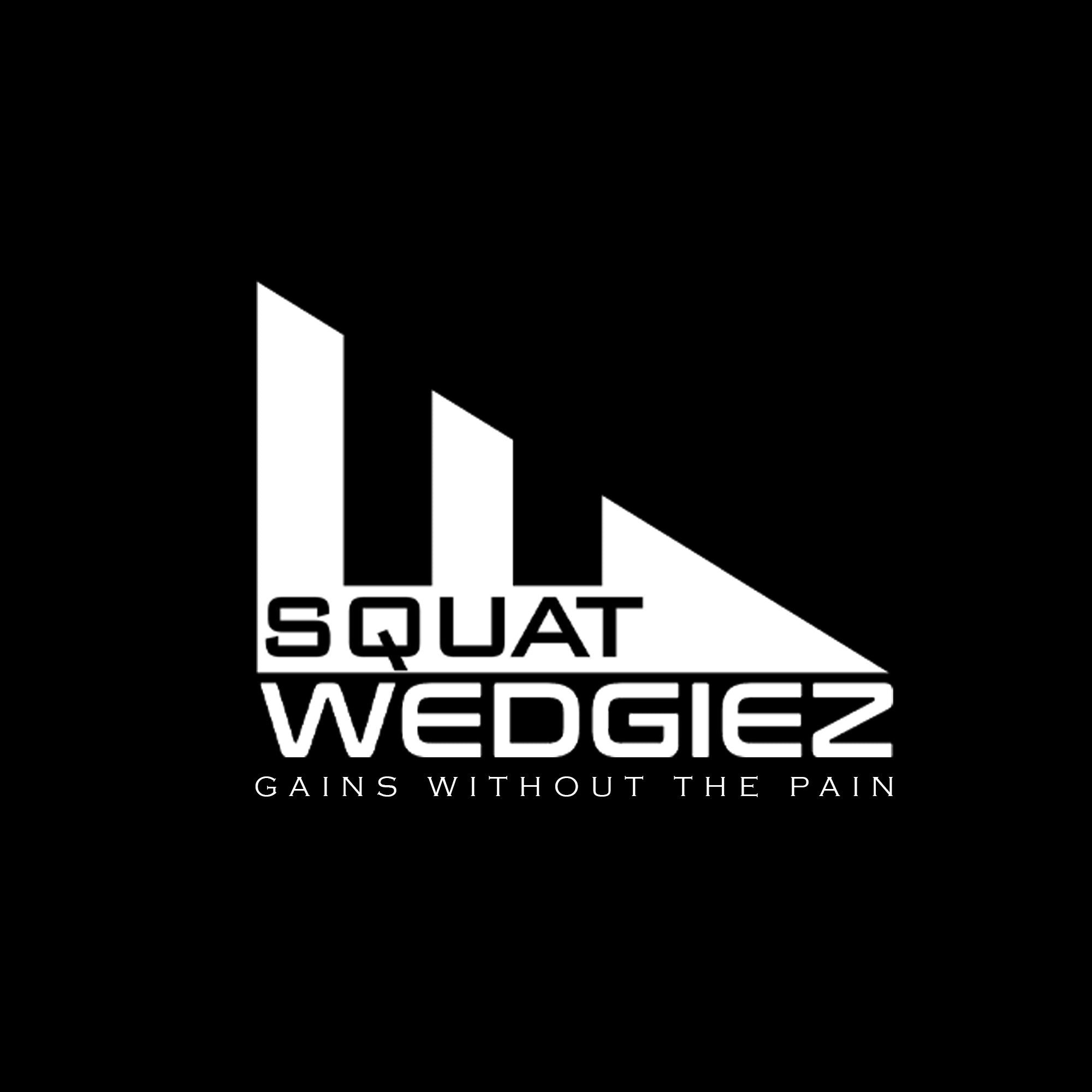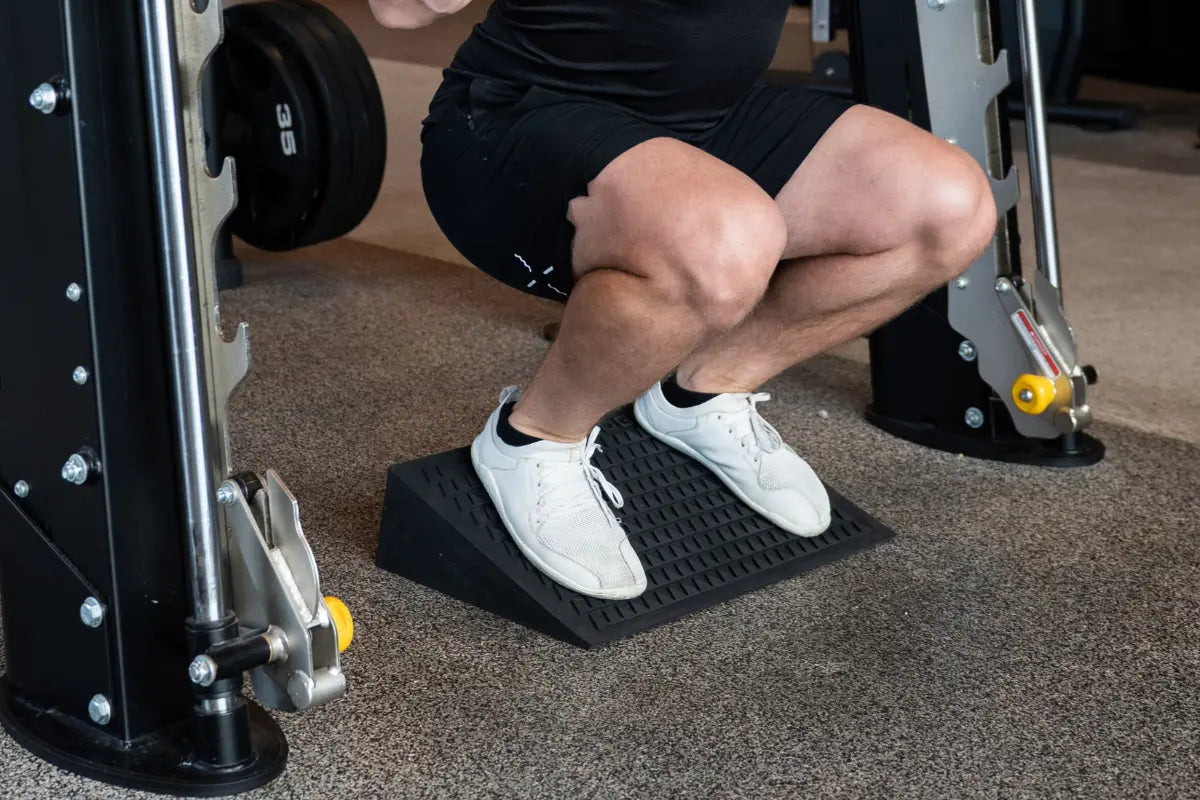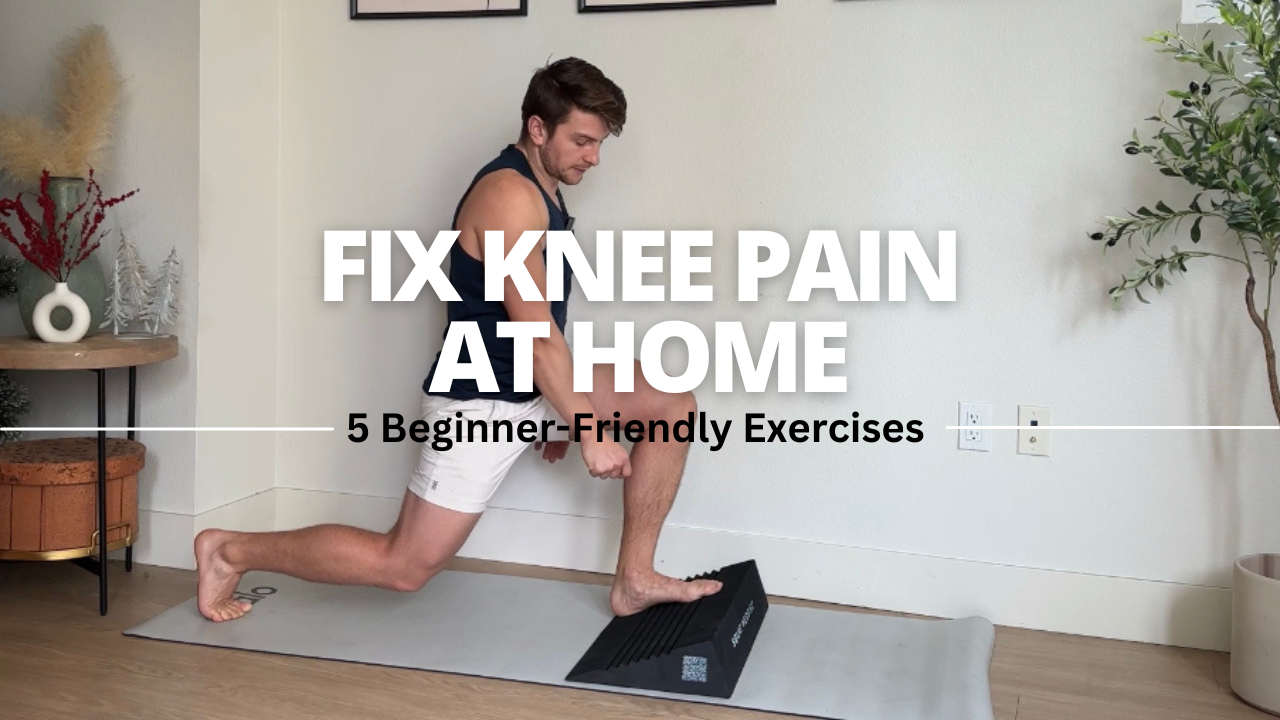The barbell squat, a cornerstone of strength training, has long been the subject of intense debate regarding the impact of heel elevation. Some swear by it, others remain skeptical, and some get angry about it. A quick look at our Instagram comments would highlight those individuals who think I am biased because I founded SquatWedgiez.
However, Wedgiez has always been based on the latest science and my experiences as a personal trainer. So, to show the haters that heel elevation isn't a fad, I searched the interwebs for the latest research. And I came across two intriguing studies that shed light on the topic, unraveling the potential benefits and gender differences associated with heel-elevated squats.
Study #1: Comparing the kinematics of back squats performed with different heel elevations
The study involved 15 experienced recreational weightlifters who were randomly assigned to three conditions: barefoot, 25-mm wedges (1 inch), and 50-mm wedges (2 inches). The study's results were nothing short of remarkable. The analysis of the back squat movement revealed significant differences in trunk inclination and knee flexion between the three conditions. These findings have exciting implications for athletes and fitness enthusiasts looking to optimize their back squat technique and reap additional benefits.
1.Torso Stayed More Upright With Increasing Wedge Height
Participants experienced a more upright torso during the back squat than the barefoot group. The group using the steeper 2-inch wedges demonstrated the most upright trunk position. The increased trunk inclination observed with higher wedges suggests that squat wedges could be an effective tool for individuals with back pain or limited lumbar mobility. By promoting a more upright position, squat wedges may reduce strain on the lower back during squats.

2. Increased Knee Range of Motion
As the wedge height increased, the knee range of motion expanded significantly. Participants with the 2-inch wedges experienced greater knee flexion during the squat compared to the barefoot and 1-inch wedge conditions. The enhanced knee range of motion associated with using higher wedges indicates that squat wedges can be a valuable aid for individuals aiming to strengthen their knee joints and related muscles. This is particularly relevant for athletes seeking to improve knee stability and performance in various sports.
Study 2: Effect of Heel Lift Insoles on Lower Extremity Muscle Activation and Joint Work during Barbell Squats
The second study explored the effect squat wedges had on lower body muscle activation in the back squat. To delve deep into the matter, the research team recruited 20 healthy adult participants, evenly split between males and females, with varying squatting experience levels.
Muscle Activation Insights
With raised heels, key muscles, such as the vastus lateralis (quadricep), biceps femoris (hamstring), and gastrocnemius (calf), exhibited heightened activation. Simultaneously, muscle activation of the anterior tibialis (shin) decreased, offering valuable insights into which muscles are targeted during heel-elevated squats.

Impressive Ankle Work
The study demonstrated that when the subjects' heels were elevated, they experienced a significant increase in ankle work. This discovery implies that heel elevation may train the ankle more, making it an appealing technique for athletes with a history of ankle sprains or weakened joints.
Ankle Dorsiflexion Angle
Contrary to some assumptions, the research indicated that ankle dorsiflexion angles significantly decreased with elevated heels. This observation suggests that heel elevation may be particularly advantageous for individuals with limited ankle mobility, potentially reducing discomfort during the squats.
Gender Differences
An intriguing aspect of the study was the gender-specific outcomes. Male participants displayed a significant increase in knee flexion compared to hip flexion. On the other hand, female participants didn't show as much of a difference between the knees and hips.
So, Which Wedgie Should You Use?
In the initial study, researchers analyzed various heel elevations and discovered that the highest heel elevation caused the torso to be more upright and increased tension in the thigh muscles. While most squat wedges or slant boards are classified based on their slope angle instead of their height, we can assume that a higher heel elevation will lead to a steeper slope angle.
So a spectrum exists where a smaller wedge with a flatter slope, around 5 degrees, may cause more forward lean, emphasizing hip loading compared to a taller, steeper wedge. This nuanced adjustment can significantly impact squat depth and the distribution of tension, offering a tailored approach to individual needs and goals. A slope between 7-15 degrees is preferred by many as it strikes a balance between enhancing the squat pattern without undue stress on the knees and being versatile enough for other exercises like calf raises and hip thrusts.
However, those with limited mobility or a focus on thigh muscles may benefit more from a 20-degree slope as it ensures an upright torso and optimal engagement of the thigh muscles. Regardless of your slope angle, the key is to ensure whole-foot elevation, maintain proper biomechanics, and prevent excessive pressure on the toes. This holistic approach aligns with the foot's natural movement, ensuring safety and effectiveness across various squat depths and intensities.
When choosing a wedgie for your squats, it is important to consider your specific training goals, mobility, and body mechanics. The right wedgie can help alleviate back pain, improve knee health, and target specific muscle groups, ultimately leading to a healthier and more effective squat practice.
So, embrace the power of a wedgie and elevate your back squat performance to new heights. Whether you aim to strengthen your knees, alleviate back pain, or enhance your overall squatting technique, slant boards are the secret weapon you've been searching for in your fitness journey. Try one risk-free for 90 days by clicking the button below.
Citations
1. Monteiro, Pedro & Marcori, Alexandre & Nascimento, Vitor & Guimarães, Anderson & Okazaki, Victor. (2022). Comparing the kinematics of back squats performed with different heel elevations. Human Movement. 23. 10.5114/hm.2021.106164.
2. Lu Z, Li X, Xuan R, Song Y, Bíró I, Liang M, Gu Y. Effect of Heel Lift Insoles on Lower Extremity Muscle Activation and Joint Work during Barbell Squats. Bioengineering (Basel). 2022 Jul 8;9(7):301. doi: 10.3390/bioengineering9070301. PMID: 35877352; PMCID: PMC9312299.





Leave a comment
This site is protected by hCaptcha and the hCaptcha Privacy Policy and Terms of Service apply.